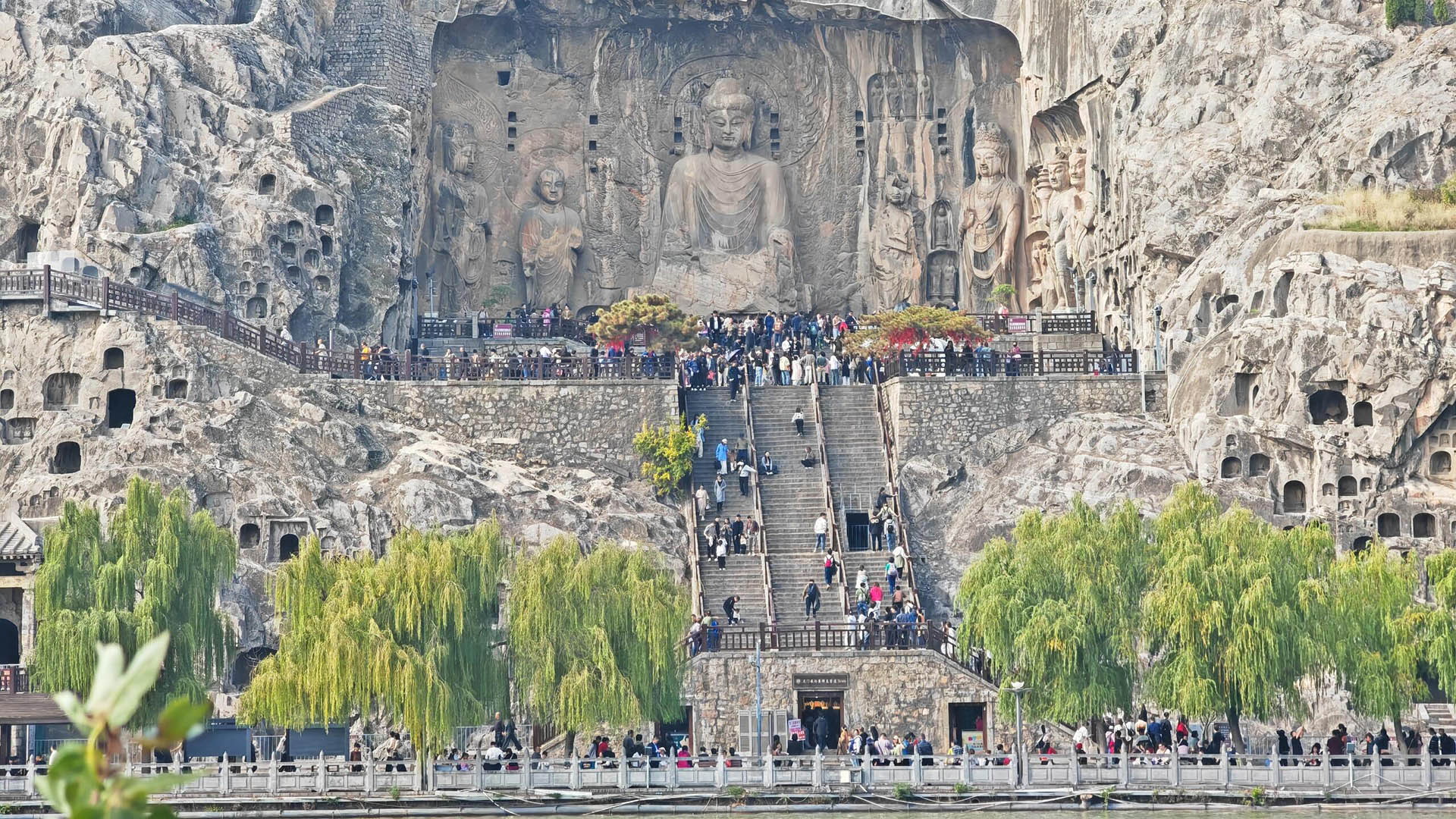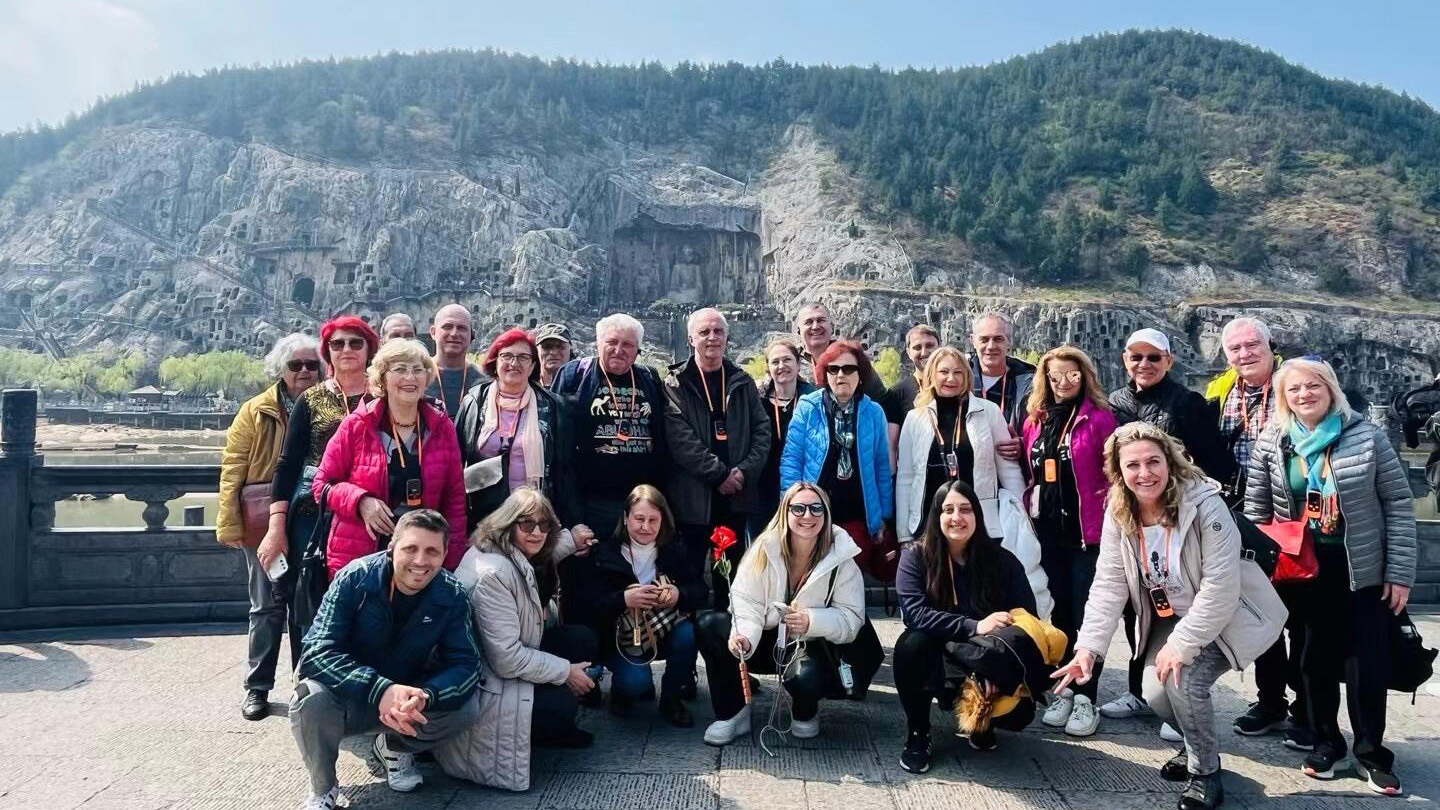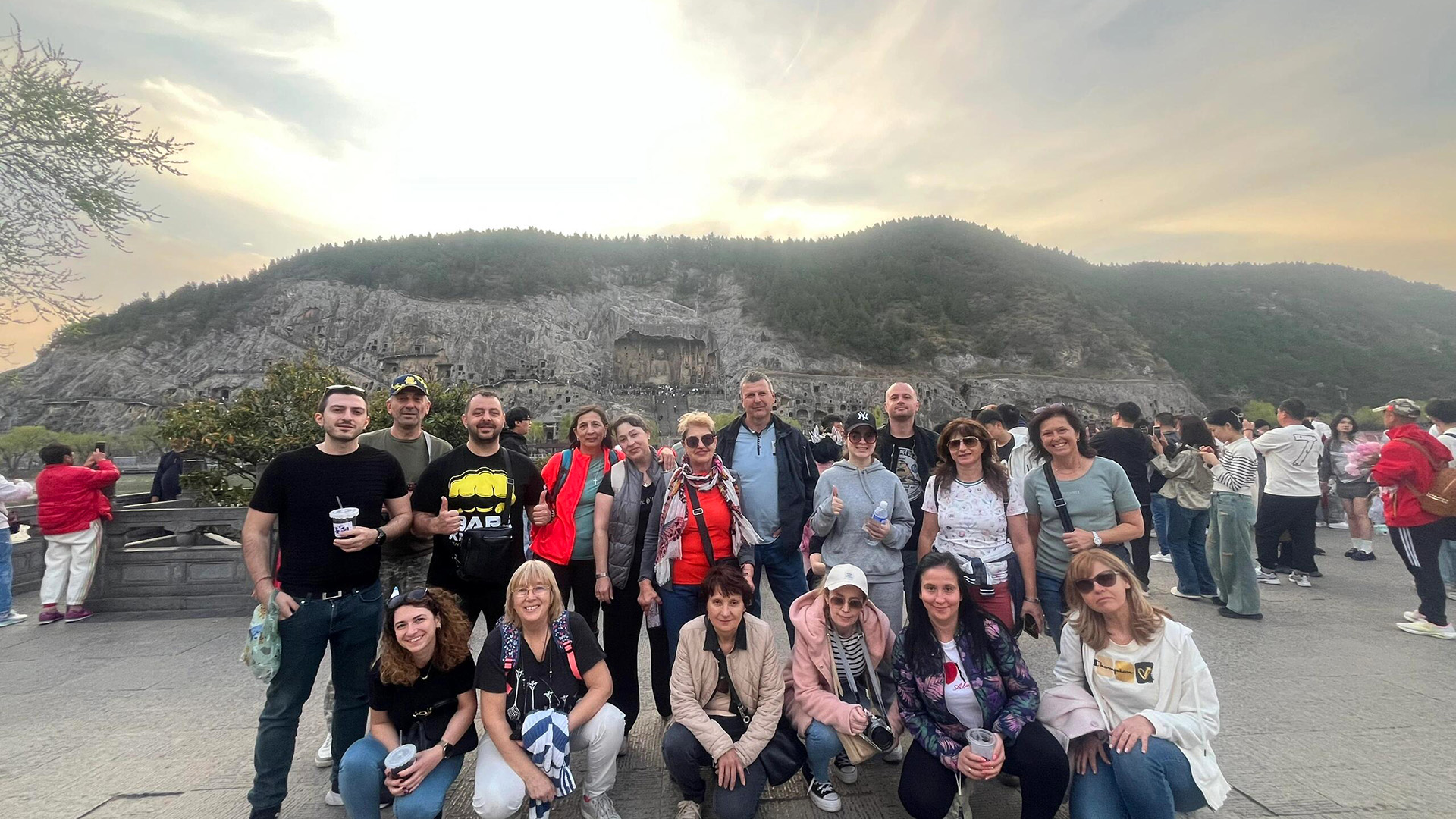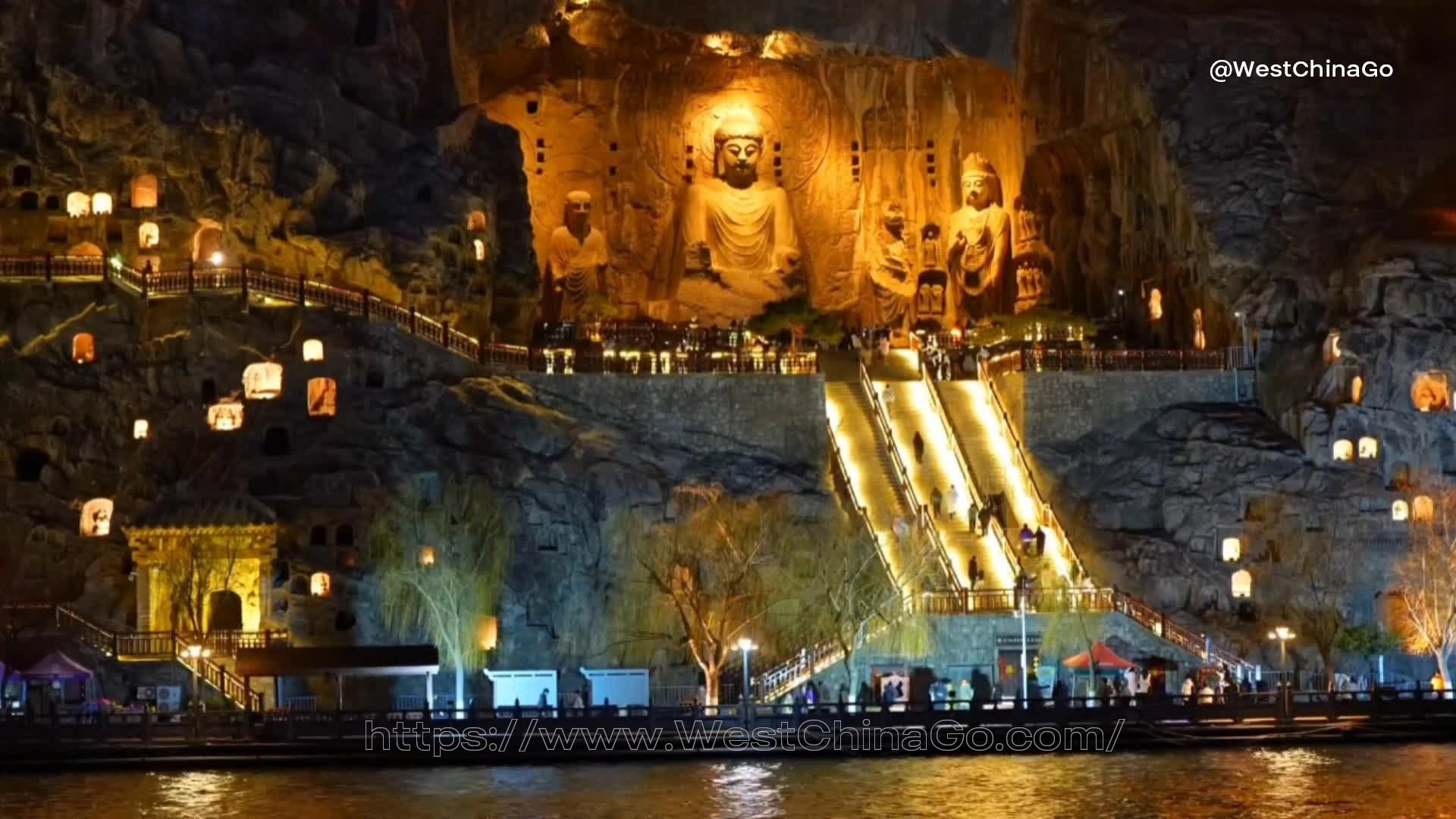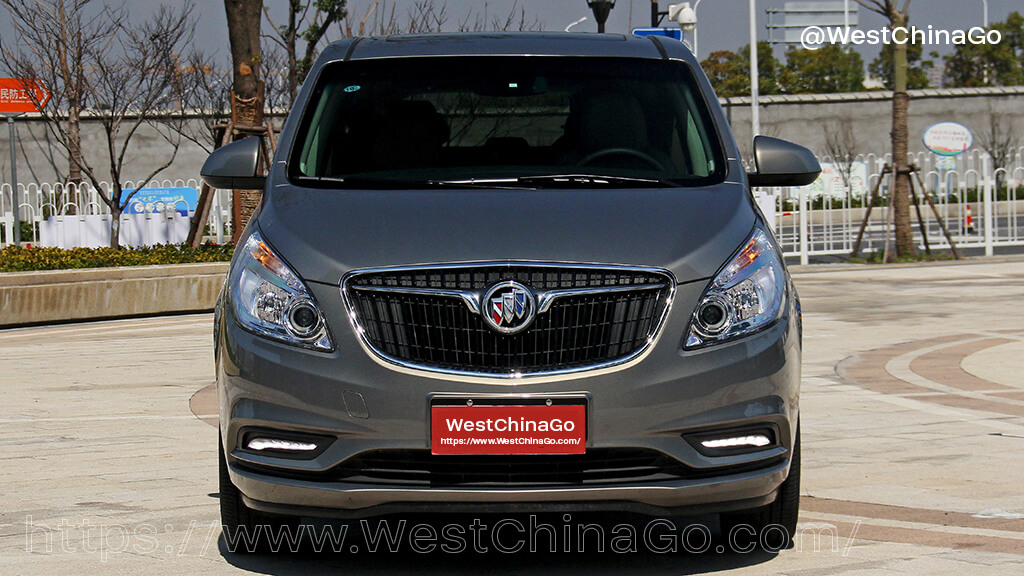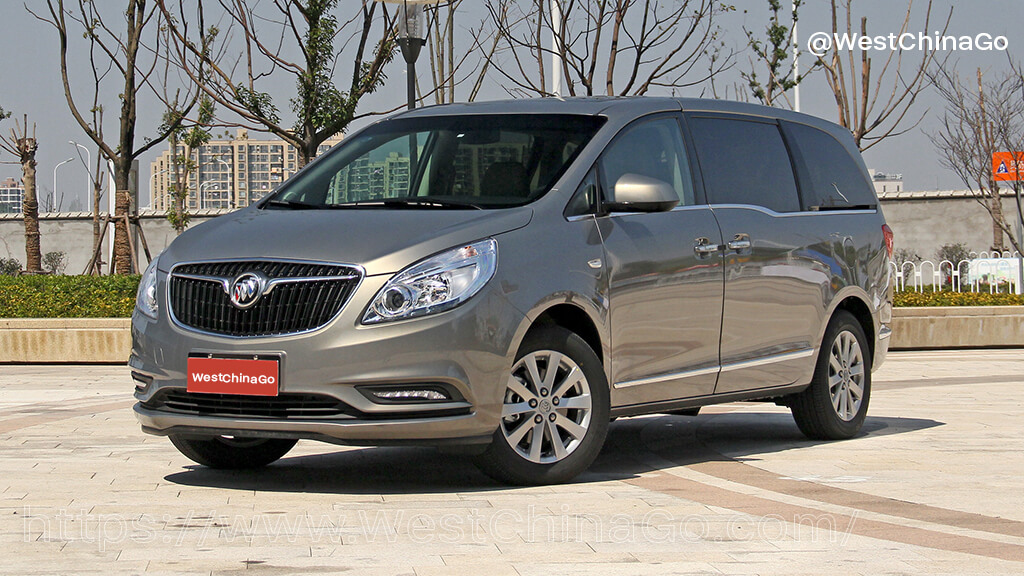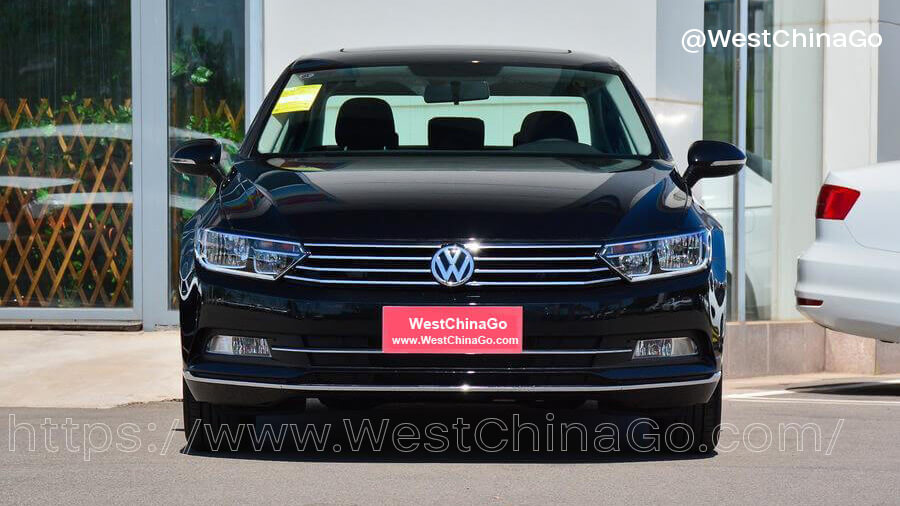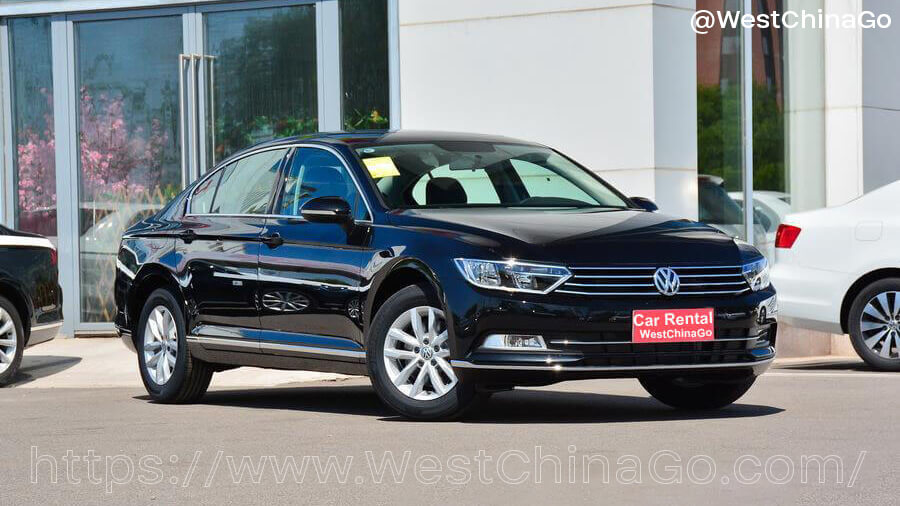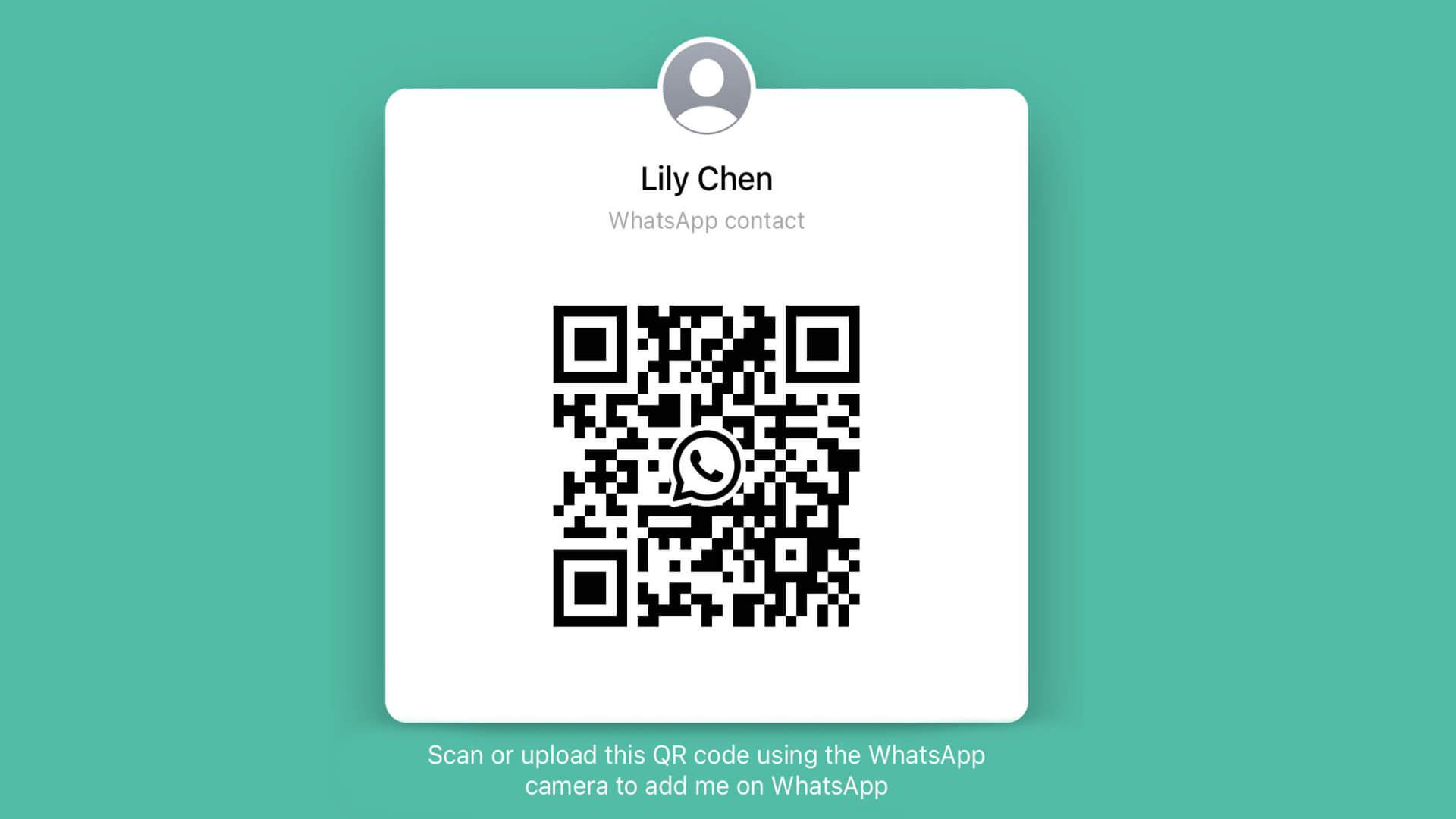
Luoyang Longmen Grottoes
- Chinese name: 龙门石窟
- Foreign name: The Longmen Grottoes
- Location: Longmen Avenue, Longmen Town, Luolong District, Luoyang City 洛阳市洛龙区龙门镇龙门大道
- Climate Conditions: Temperate Monsoon Climate
- Opening hours: February 1-March 31 08:00-18:00; April 1-October 7 08:00-18:30; October 8-October 31 08:00- 18:00; November 1st – January 31st of the following year 08:00-17:00
- Attraction level: AAAAA level
- Ticket price: 90 yuan
- Famous attractions: Lushena Buddha, “Scissorhands” Buddha Statue, Guyang Cave, Binyang Middle Cave, Lianhua Cave
- Year of chiseling: AD 493
- Alias: Yique
- Suggested play time: 1 day
- Suitable season for play: suitable for all seasons
- Attraction Status: World Cultural Heritage
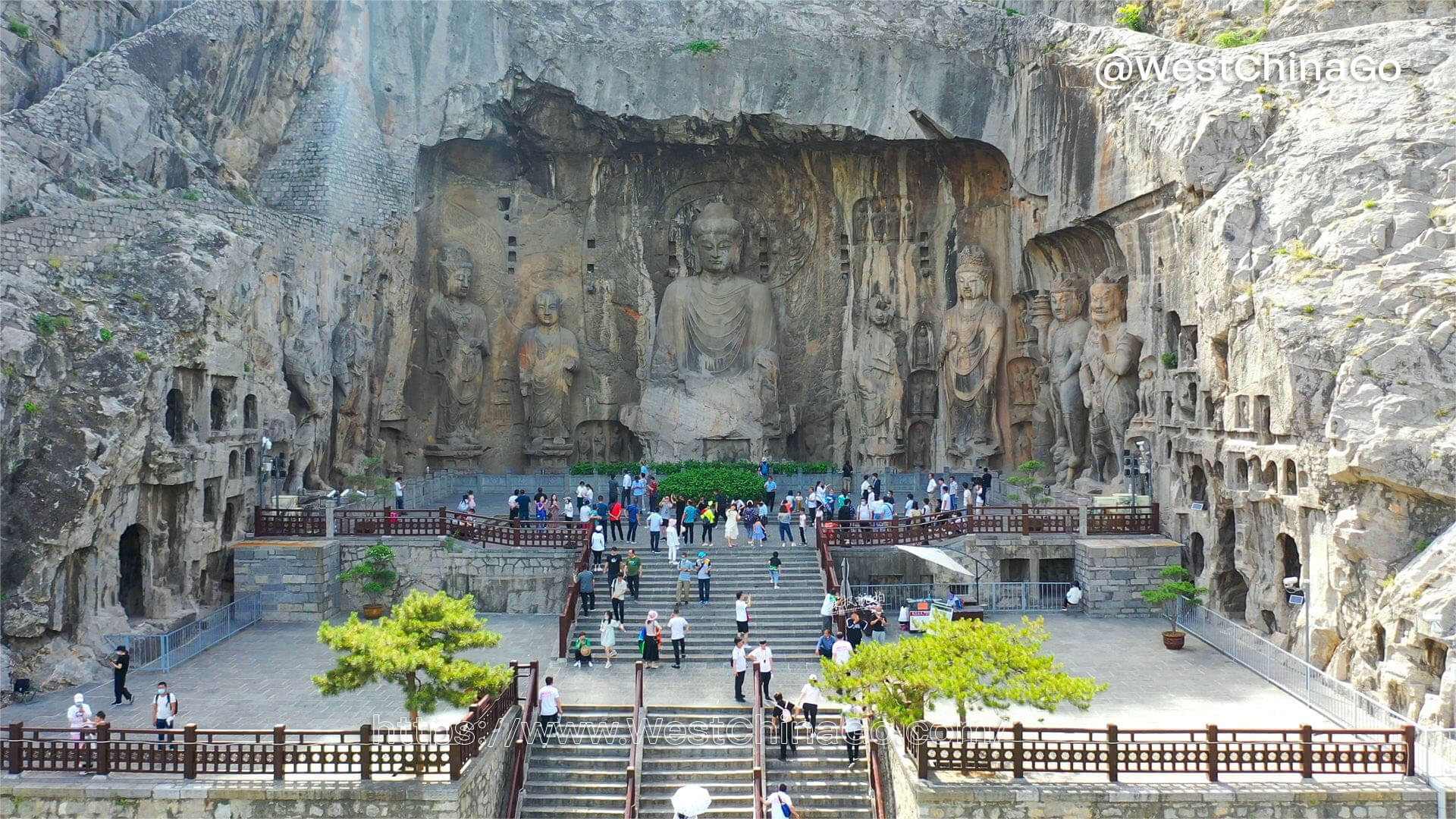
Luoyang Longmen Grottoes
Explore the Majesty of Longmen Grottoes: A UNESCO World Heritage Site
A Masterpiece of Ancient Art
Nestled along the banks of the Yi River in Luoyang, the Longmen Grottoes stand as a monumental testament to ancient Chinese artistry and devotion. With over 100,000 statues, 2,800 inscriptions, and 1,300 caves, this UNESCO World Heritage Site offers visitors a window into the splendor of China’s Tang Dynasty (618-907 AD). The intricate carvings and life-like expressions on the Buddhist statues reflect unparalleled craftsmanship and artistic achievement.
A Spiritual and Cultural Haven
Longmen Grottoes is not just an artistic marvel; it is a spiritual sanctuary. As you wander through the complex, you’ll sense the profound devotion that inspired its creation. Key highlights include the iconic Fengxian Temple, home to the majestic 17-meter-tall Vairocana Buddha, radiating serenity and wisdom. The caves also reveal the integration of Buddhist, Taoist, and Confucian influences, showcasing a harmonious blend of philosophies.
Natural Beauty in Harmony with History
Surrounded by lush greenery and the tranquil Yi River, the grottoes offer more than cultural exploration. The scenic beauty of the area creates a serene atmosphere, perfect for a leisurely stroll or a moment of quiet reflection. Sunset views over the river add a magical touch to your visit, making it a photographer’s paradise.
Why Visit Longmen Grottoes?
As one of the finest examples of ancient Buddhist rock art, Longmen Grottoes is a must-see for history buffs, art lovers, and cultural explorers alike. The site not only reveals the artistic brilliance of ancient China but also provides a deep connection to its spiritual and philosophical roots. It’s a journey that transcends time and leaves visitors inspired.
Embark on an unforgettable trip to Longmen Grottoes and discover the stories carved in stone that continue to captivate the world!
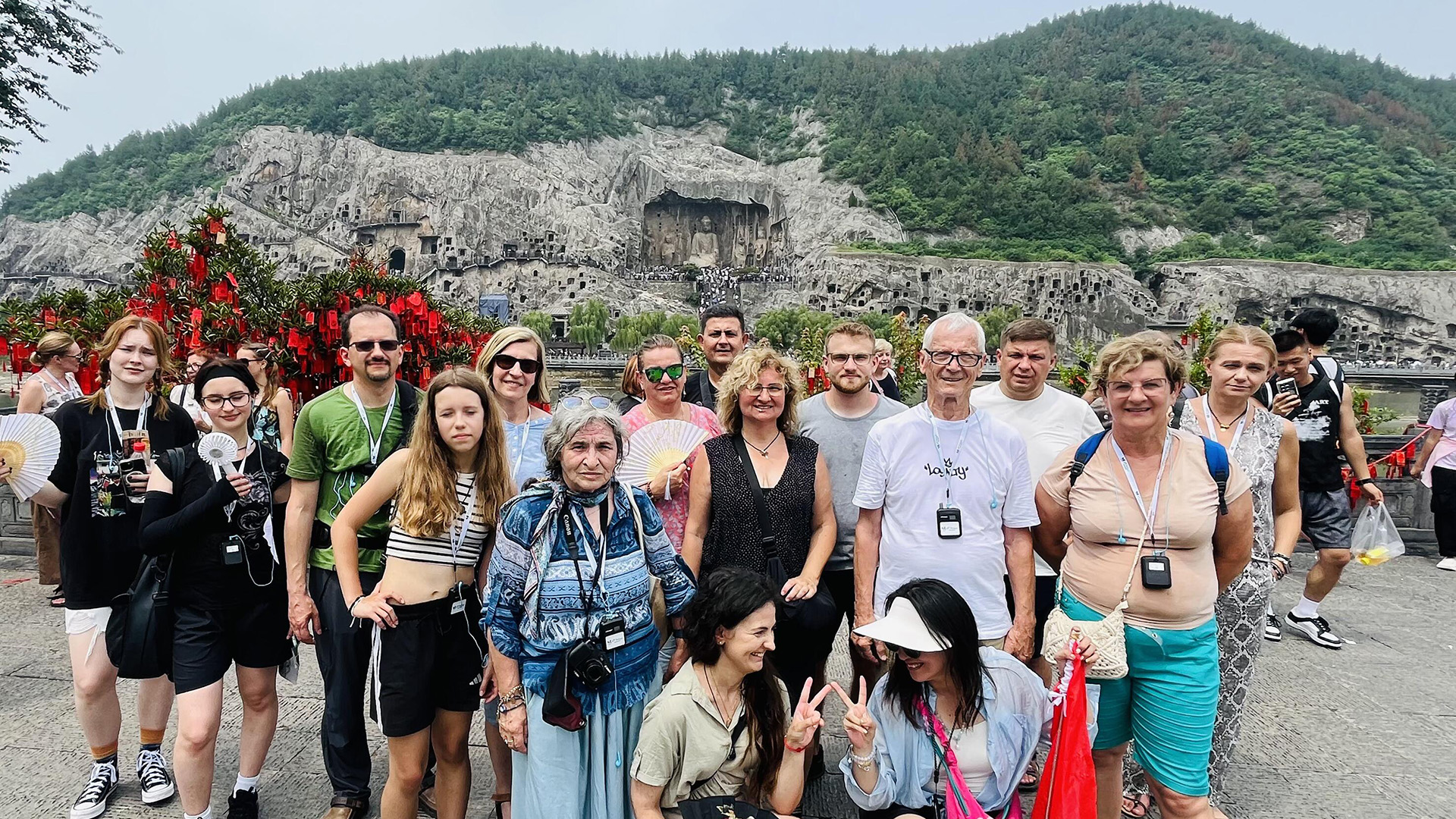
Luoyang Longmen Grottoes Video
Luoyang Longmen Grottoes Tourist Map
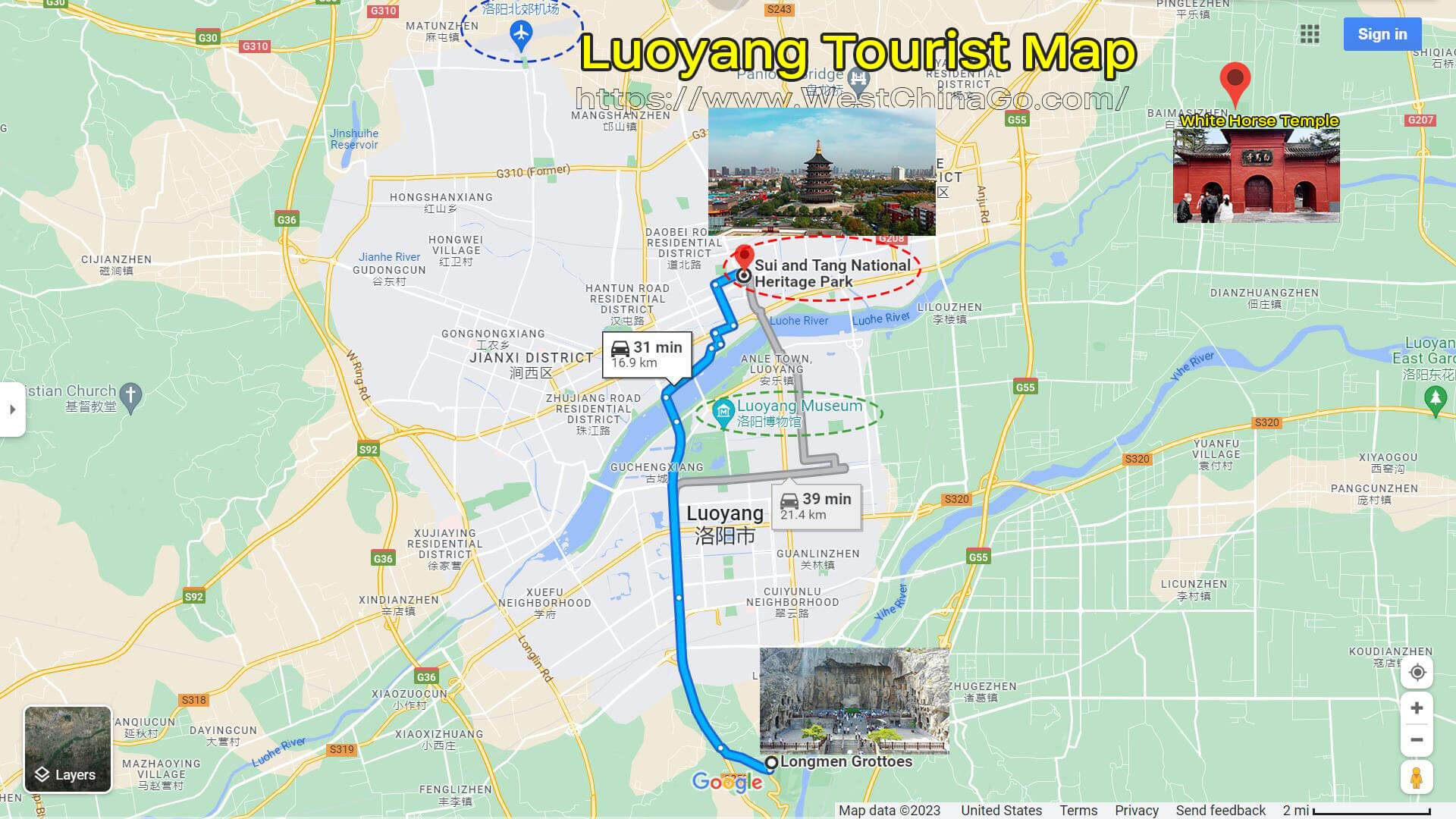
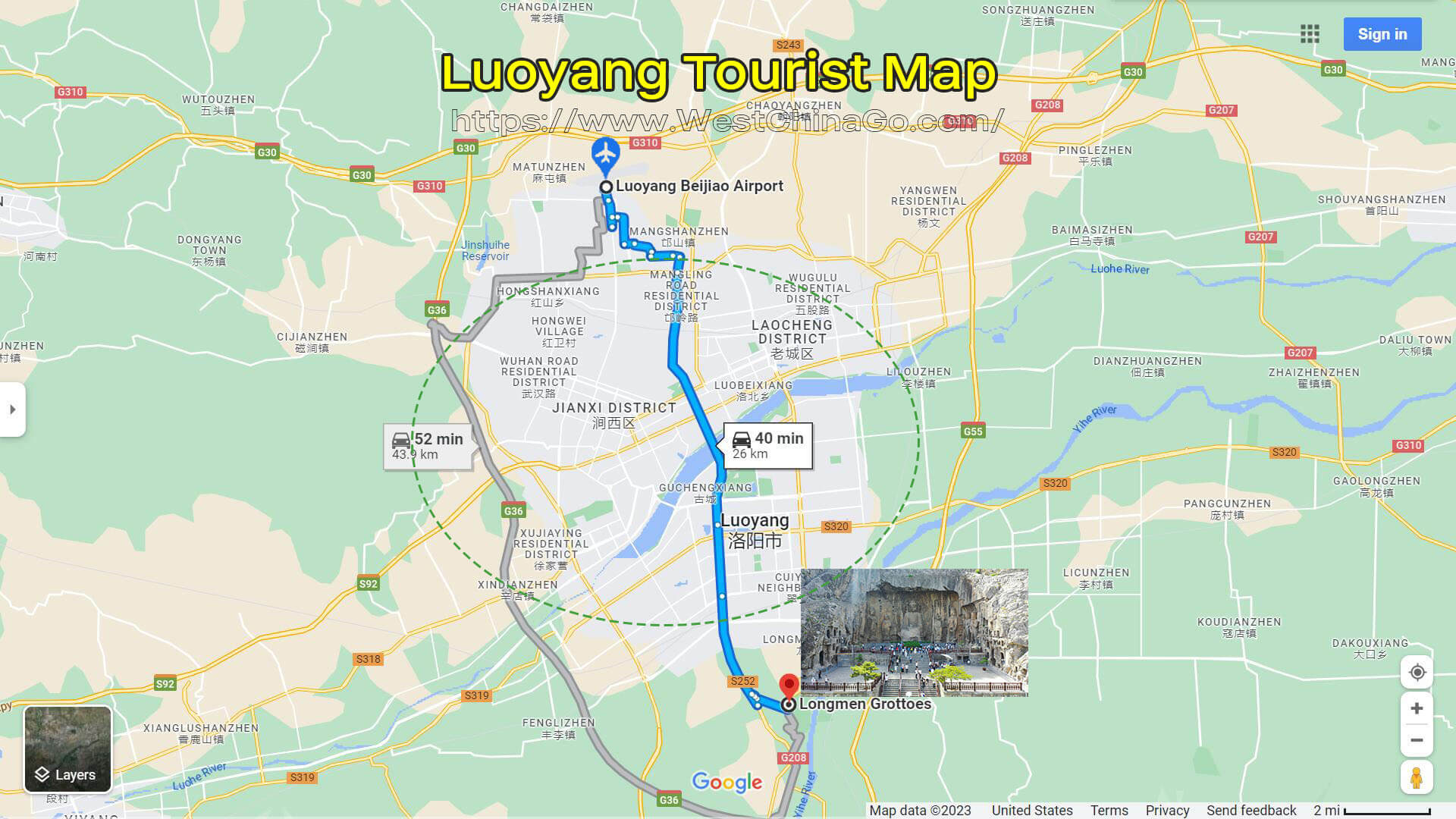
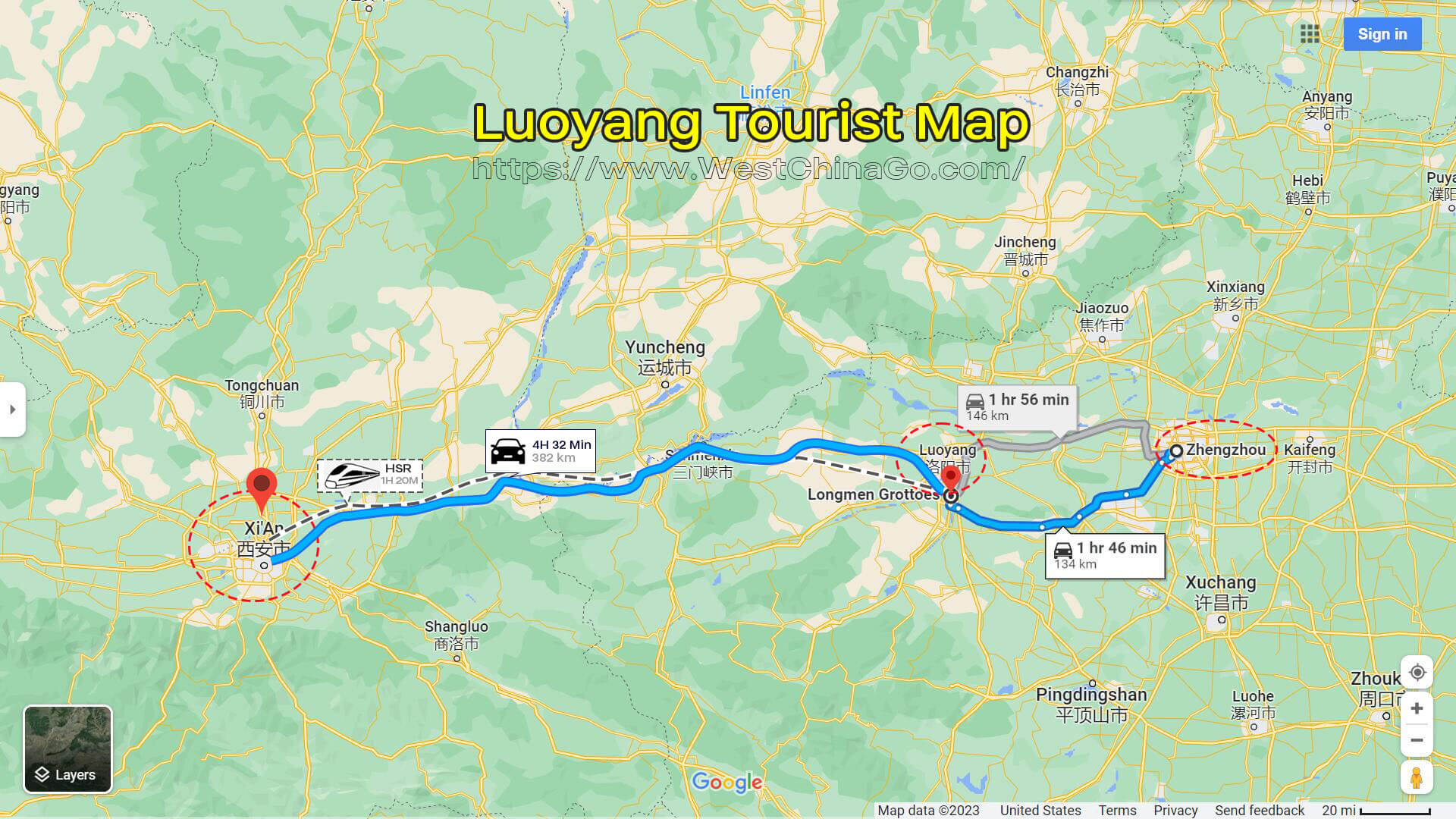
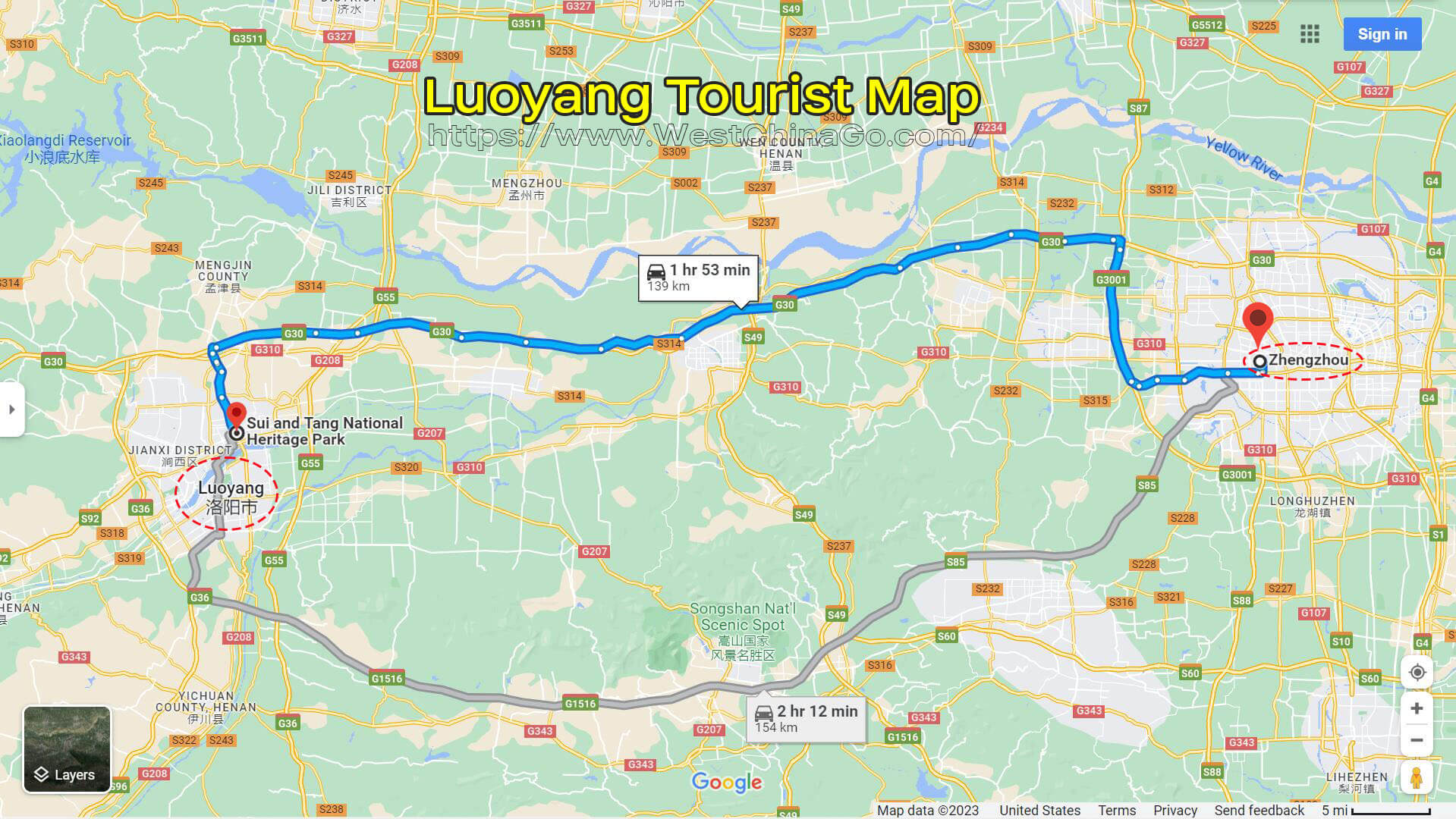
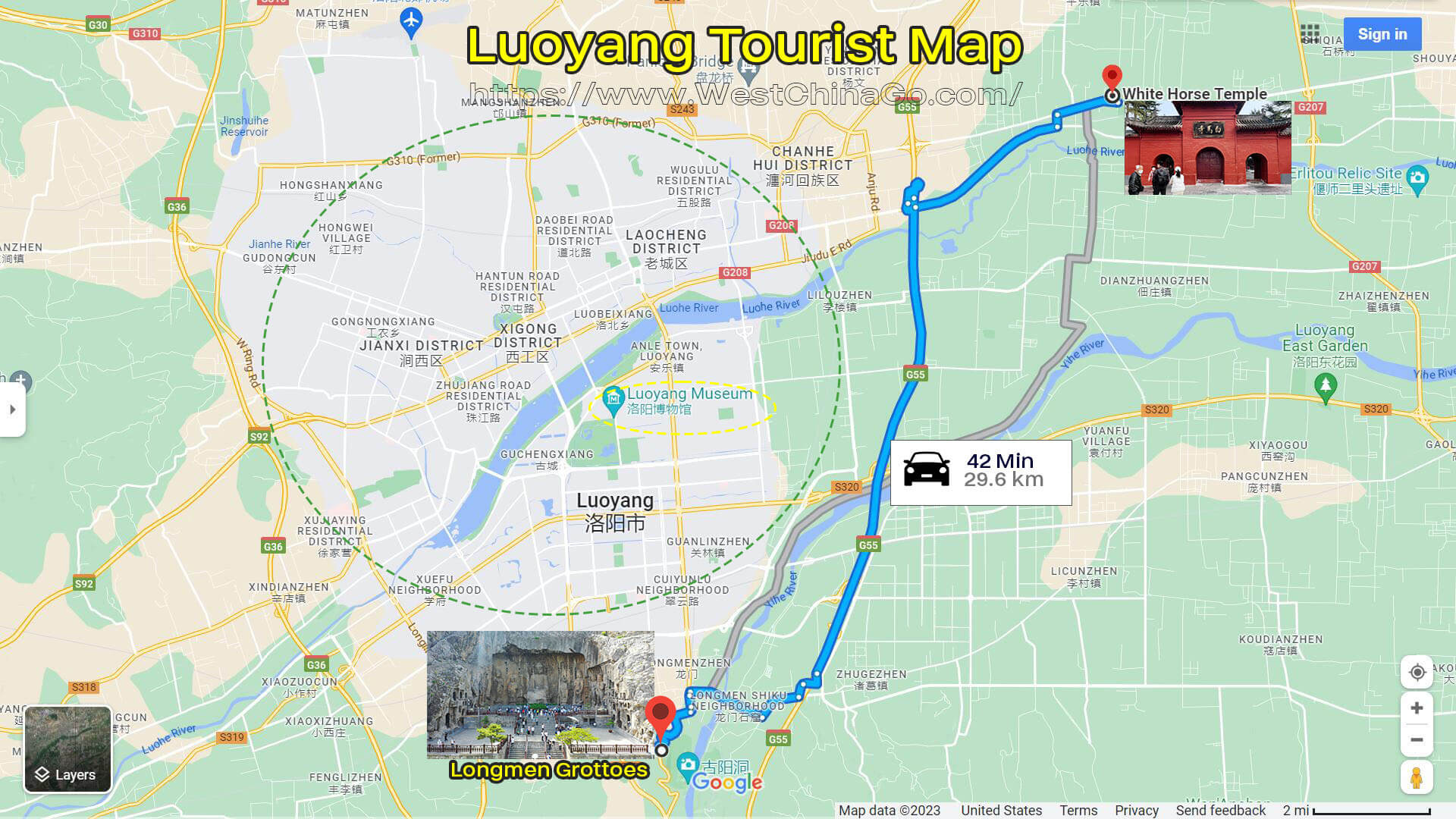
Luoyang Tour: Car Rental with Driver
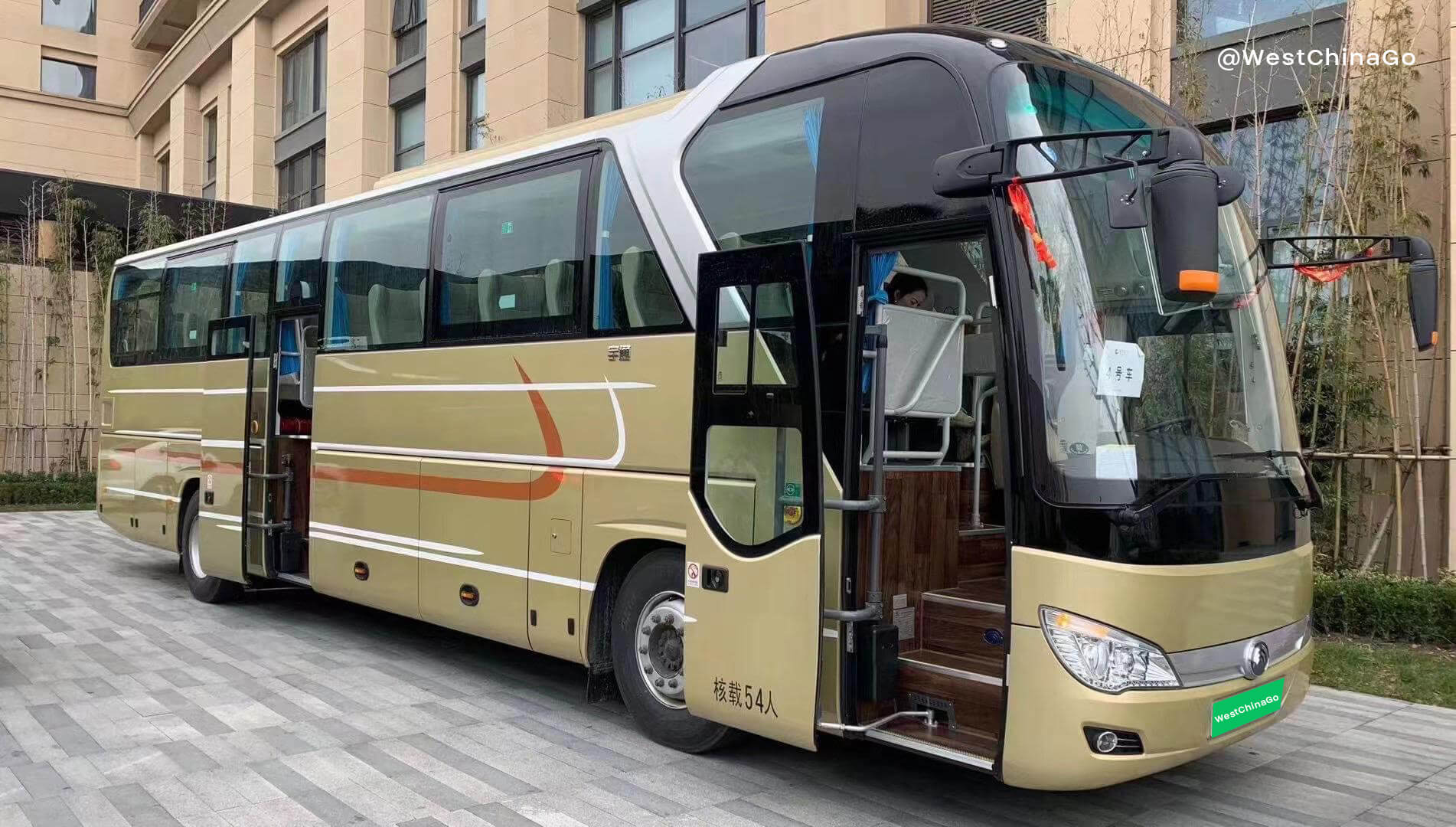
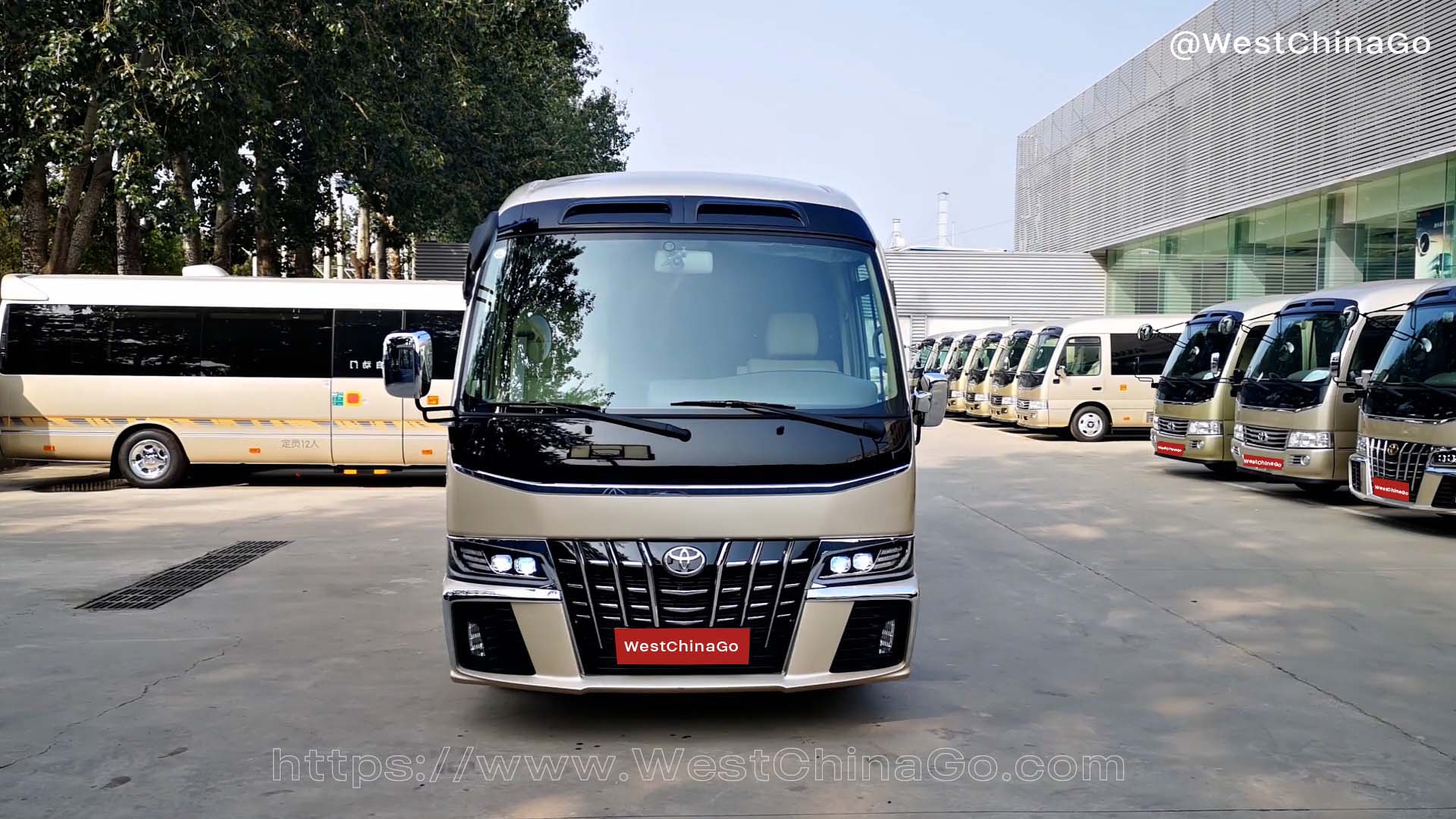
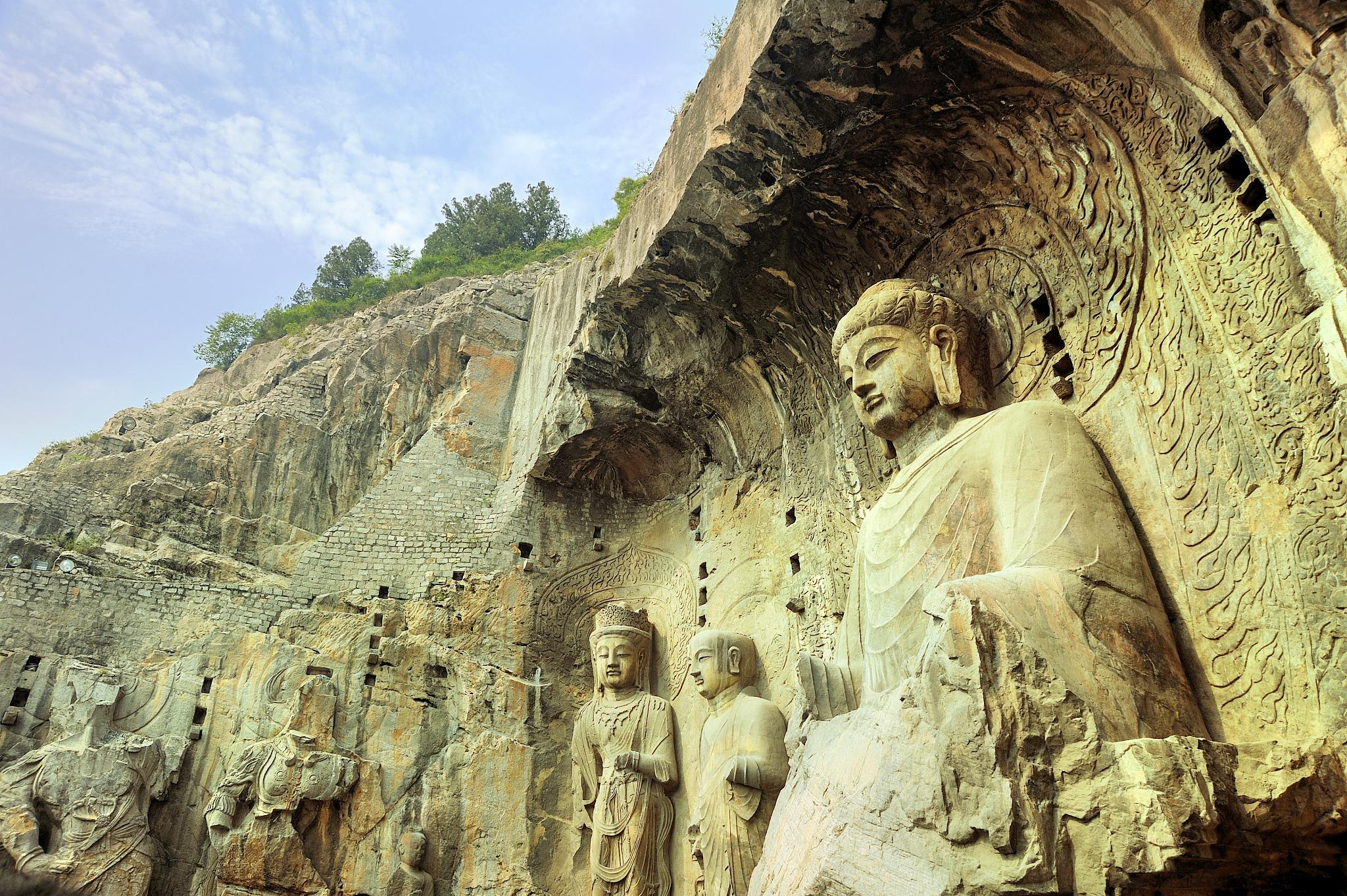
N reasons to go to Longmen Grottoes
1.World cultural heritage
As a world cultural heritage, Longmen Grottoes has a long history and profound cultural heritage. Since Emperor Xiaowen of the Northern Wei Dynasty moved his capital to Luoyang and dug the Guyang Cave in the West Mountain of Longmen, it took more than 400 years and seven dynasties of continuous construction to form the epic cliff sculptures we see today – Longmen Grottoes.
There are 2,345 niches in the Longmen Grottoes, more than 2,800 inscriptions, more than 70 pagodas, and more than 100,000 statues. Stepping into Longmen, you will be in a thousand-year-old art treasure house. The magnificent carving art will shock your soul and give you a visual feast.
2.See the power of faith from Buddhist grotto sculptures
Grotto sculptures are precious relics of Buddhist art. In the Longmen Grottoes, there are statues of Buddhas and Bodhisattvas who are compassionate, kind, and graceful. In the pious worship of the believers and the ingenious workmanship of the craftsmen, the cold grottoes are rendered as solemn and solemn. The warm and quiet temple brings believers the hope of leading to the pure land of Buddhism
3.Pray for the safety of family and friends
Longmen Grottoes has been a sacred place for blessings since ancient times. Whether it is the royal family or the common people, they all pray for great wishes in Longmen Grottoes. In the face of the 100,000 spiritual Buddhas in these two mountains, calm your mind and pray for blessings devoutly. Perhaps in the not-too-distant future, your beautiful wishes will come true.
4.Indulge in the beauty of mountains and rivers
“Longmen mountain scenery” has been the first of the eight scenic spots in Luoyang since ancient times. Bai Juyi once said: “The victory of Luoyang’s four mountains and rivers is the first of Longmen”. Here the mountains and rivers are beautiful, the pines and cypresses are green. Between the two mountains, the Yihe River is rippling with blue waves, and the satin-like water surface has layers of ripples, which is too beautiful to behold.

Buddha decoding
Lushana Buddha: Millennium Smile
Fengxian Temple is a representative cliff statue niche in Longmen Grottoes, and the Lushena Buddha in Fengxian Temple is the essence of the essence. Anyone who has been to the Longmen Grottoes will be shocked by the majesty and grandeur of the Lushena Buddha. . This big Buddha has a plump shape and a dignified and serene expression. If you look carefully, you will find that the Buddha is smiling and kind and modest, so it is also known as the “Mona Lisa of the East”. There is a legend that the Lushena Buddha was carved according to the appearance of Empress Wu Zetian of the Tang Dynasty.
Nowadays, many people have a question when looking at the Great Buddha. Most of the Buddha statues are well preserved. I don’t know why the bergamot is missing. In fact, in 1934, Alan Pu, a director of the Metropolitan Museum of Art in the United States, came to China to search for literary treasures. This is a so-called “cultural relic scientist” who made a career of collecting and stealing ancient Chinese cultural relics. He stole a large number of Buddha heads and grotto treasures in Longmen and Yungang along the way. When he saw the Lushena Buddha, he was intoxicated by the exquisite and superb artistic level of the Buddha, but also suffered from the fact that the Buddha statue was so huge that it could not be stolen, so he even robbed the palm of the Buddha statue. Now if you want to visit the bergamot, you can only go to the Metropolitan Museum in the United States.
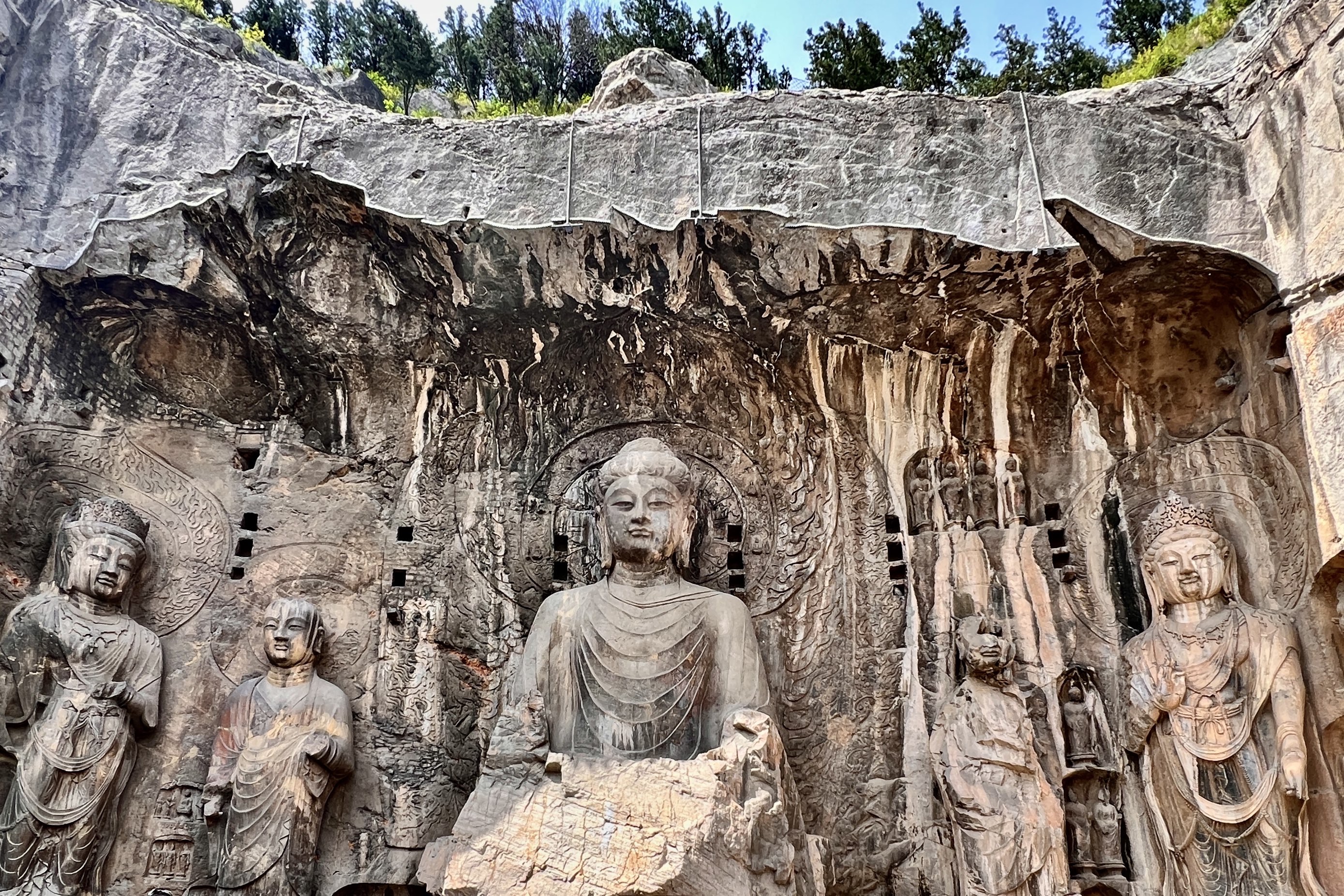
“Scissorhands” Bodhisattva: The most adorable Buddha statue in history
In 2014, there was a report of “a super cute Buddha statue in history” that went viral on the Internet. It was about a thousand-year-old Buddha statue in the Binyang North Cave of the Longmen Grottoes. The hands are exactly the same, so it is also called the “scissorhands” Bodhisattva. Some netizens joked that the art masters more than a thousand years ago were so far-sighted, knowing that the scissorhands would be popular all over the world after a thousand years.
In fact, this posture is actually a kind of Buddhist mudra. Buddhist practitioners will use their hands to make various postures when practicing, and cooperate with chanting Buddhist scriptures, so as to achieve the goal of practicing success faster. The gesture of the Buddha statue called “scissor hands” by netizens is a rare Buddhist handprint. This kind of handprint may be related to the practice of Tantric Buddhism in the Tang Dynasty, symbolizing the strong will to practice and seek the Dharma.
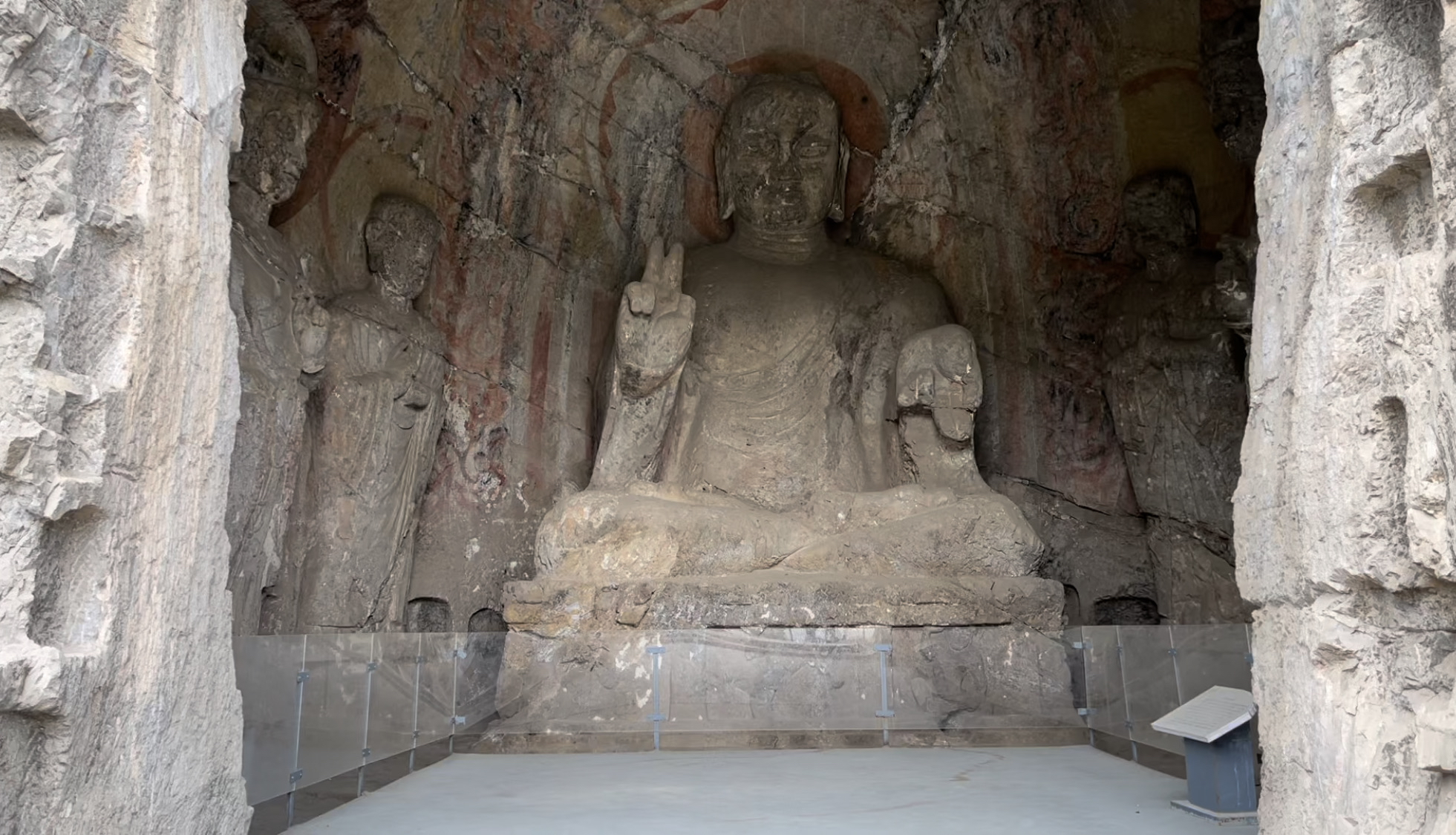

Longmen Grottoes Travel Guide

Tour Route
The entire scenic spot of Longmen Grottoes has a fixed tour route planned. From Xishan Grottoes-Dongshan Grottoes-Xiangshan Temple-Baiyuan, along one direction, it takes about half a day to complete the tour. You don’t have to turn back and forth to go wrong, and you won’t get lost.
1. Xishan Grottoes(Westward Mountain): The thick and colorful part of Longmen Grottoes
The Xishan Grottoes were excavated in the Northern Dynasties and the Sui and Tang Dynasties, and are the essence and complete part of the Longmen Grottoes. Among them, the famous ones are the Lushena Buddha statue in Fengxian Temple and the “Twenty Items of Longmen” in Guyang Cave. The Buddha statue of Lushena is said to be shaped according to the image of Wu Zetian, and it is more than 17 meters high. There are 15,000 small Buddhas neatly arranged on the north and south sides of the Ten Thousand Buddhas Cave. Each of the densely packed Buddha statues is about the size of a fist and has a lifelike shape.
2. Rafting on the Yihe River: Looking at the beautiful scenery on the east and west banks
From the Xishan Grottoes, after passing a bridge across the Yihe River, you can reach the Dongshan Grottoes in the east. Standing on the bridge, looking at the Longmen Bridge in the distance, it is a good idea to appreciate the grottoes on both sides of the East and West. In addition, you can take a cruise ship at the Fengxian Temple Wharf and Lifotai Wharf in the scenic spot, and go boating on the blue waves, with a panoramic view of the scenery on both sides of the strait.
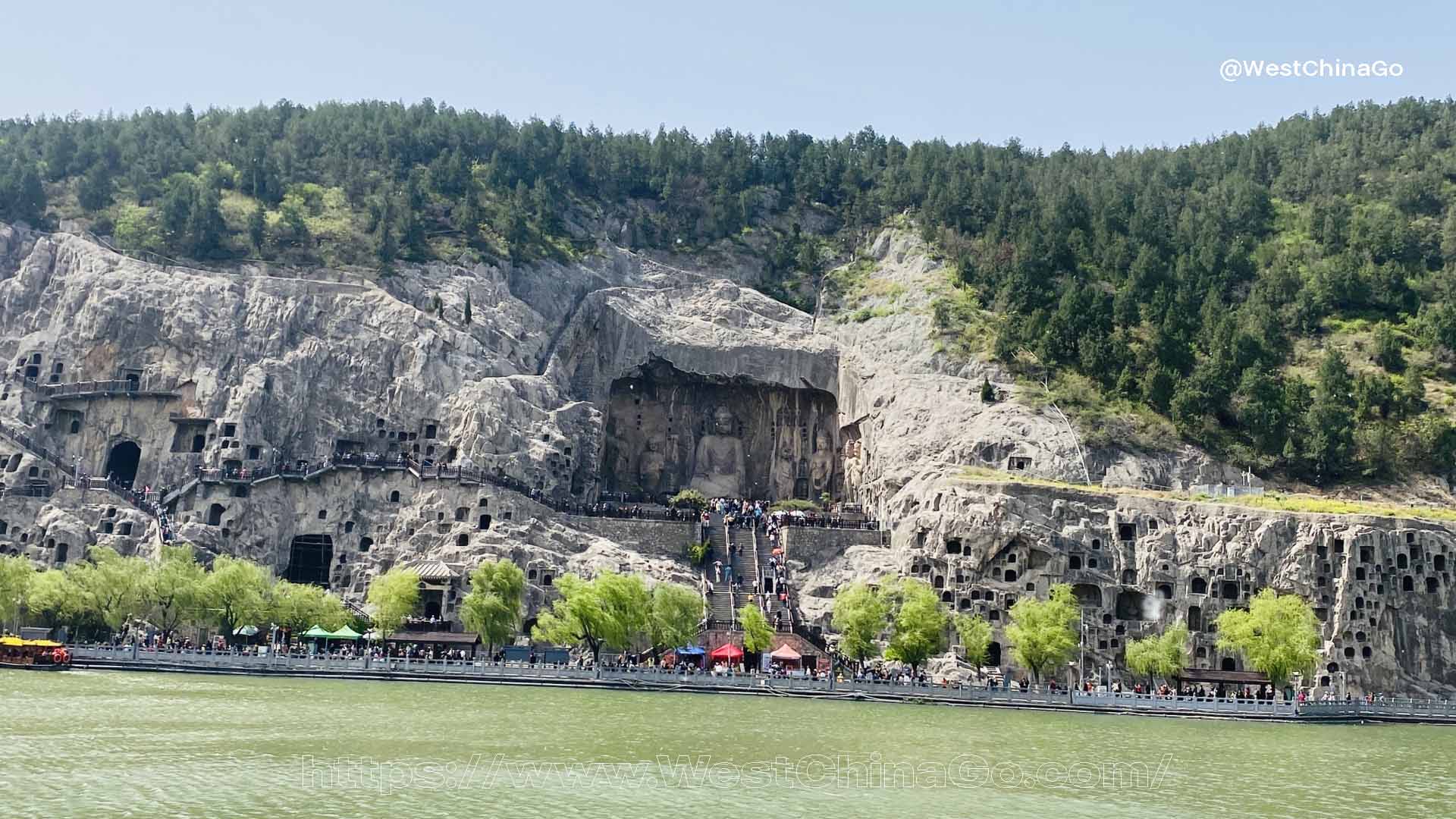
3.Dongshan Grottoes(East Mountain): across the Yihe River, look at the West Mountain.
Compared with the Xishan Grottoes, the scale of the Dongshan Grottoes is slightly inferior, and there are fewer tourists. If you feel a little tired after walking through the Xishan Grottoes, just take a quick look here. From the Dongshan Grottoes, you can watch the West Mountain on the opposite bank from different angles, especially the panorama of the Lushena Buddha.
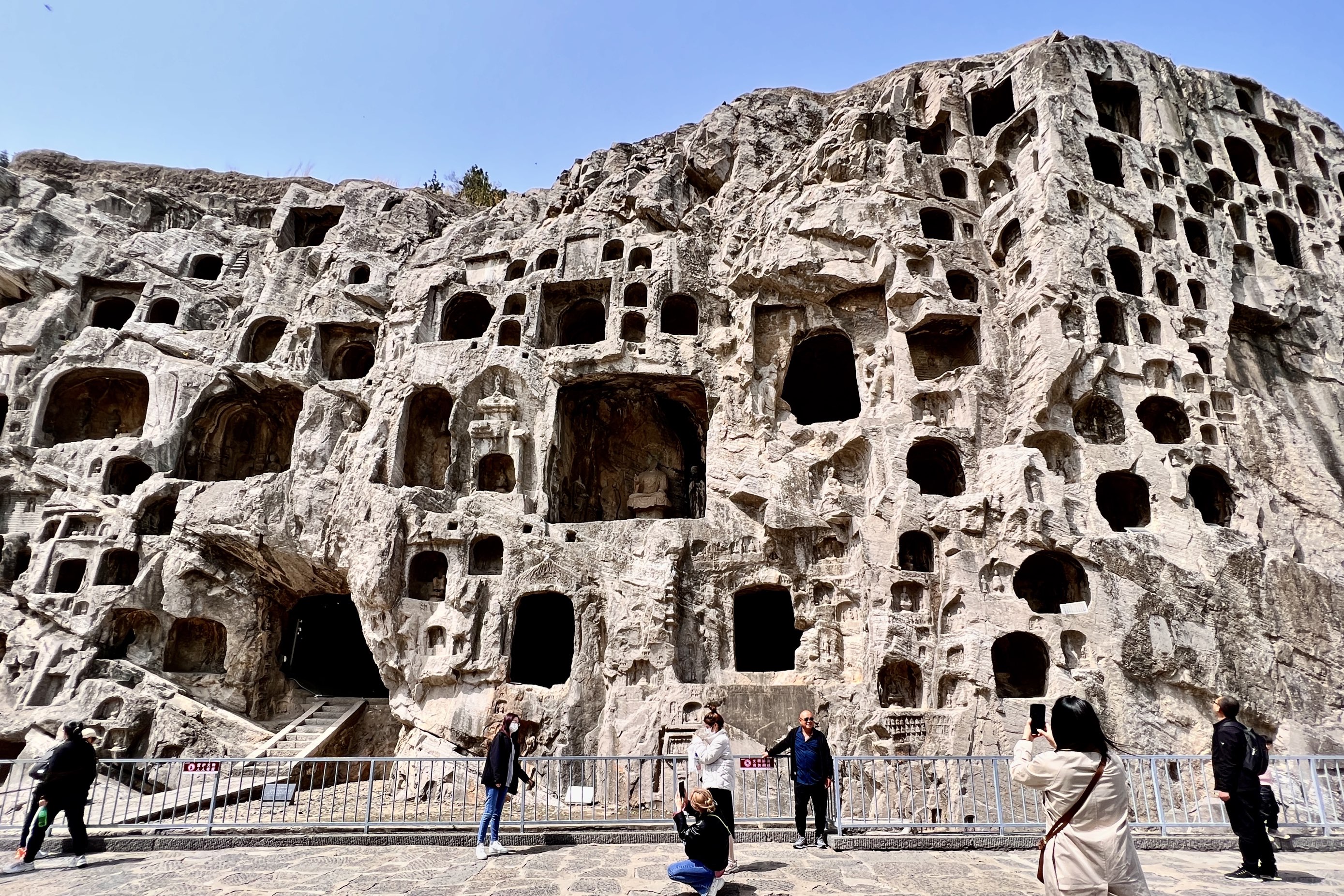
Small Buddhist knowledge:
Q: What is a grotto?
A: Grottoes are temples built on rocks and cliffs, which originated in ancient India.
Q: Why is the place of Buddhist practice placed between rocky cliffs?
A: (1) Due to the hot and humid climate in India and the long rainy season, these factors are not conducive to spiritual practice. Therefore, in the very early days, Indians chose to live and meditate in natural caves that are warm in winter and cool in summer to exercise their bodies and minds;
(2) In Buddhist culture, Mount Sumeru is considered the center of the universe, and gods live on the mountain. Therefore, opening caves in mountains and practicing in caves has a sacred symbolic meaning.
